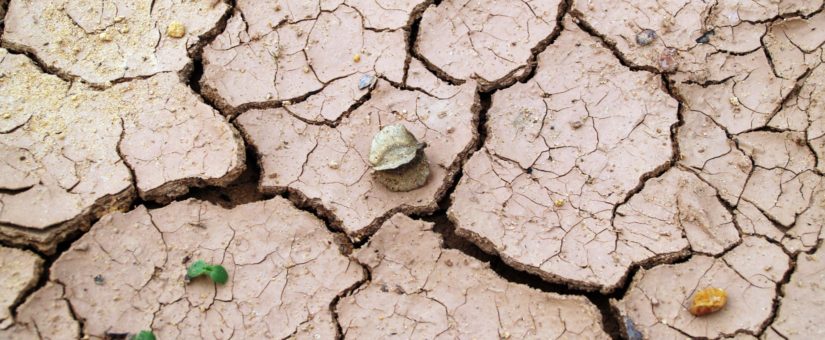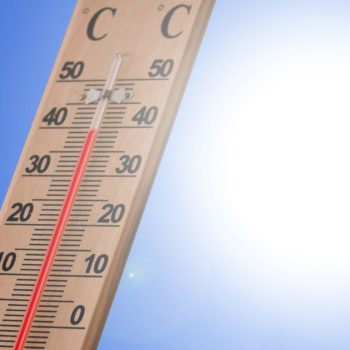
The Importance Of VPD (Vapour Pressure Deficit)
Introduction
Once you understand the importance of vapor pressure deficit, all those different environmental factors in you’re greenhouse that you are trying to control click into place and you start to think and feel like a plant. In this post we will discuss how VPD works and why the management is key to creating the optimal indoor growing environment! Dialing in the right VPD value for your plant will drastically improve the growth rate and yields of your fruits!
Humidity
Most of us know the importance of the correct levels of humidity and temperature while growing our specific crops, but why does our crop desires a certain level of humidity? When we speak of the “humidity” we are basically referring to the amount of water in the air. “In the air?” What do we mean by this? Well, water can only truly stay in the air when it is in gas form – also known as “water vapor”. We’re not talking about tiny droplets of water in the air here (for example fog or mist.)

In the picture above you can see a tomato plant suffering from ‘high vpd’ conditions – high temperatures and a very low humidity level.
Unsurprisingly, temperature plays a crucial role when it comes to humidity. The warmer the air, the more water vapor it can potentially absorp and hold. As the amount of water air can hold changes with temperature it can be difficult to get a handle on what we need to measure. Fortunately, an answer comes in the form of the concept of “Relative Humidity” (RH) – this is a measurement in terms of percentage, of the water vapor in the air compared to the total water vapor potential that the air could hold at a given temperature.
So, when we say there’s a relative humidity of 50% – we mean “At this specific temperature, the air is carrying half the potential water vapor possible.”
The Effect of Relative Humidity on Your Plants
The relative humidity or RH% can be easily measured using a digital or hygrometer. But what do the readings mean for your plants?
Turns out the RH% is an important value to measure. While many novice growers focus solely on keeping temperature in right range, many take their eye of the hygrometer since they do not fully understand what it is or how to manipulate it to their advantage.
Have you ever been to a country with a tropical climate? You’ll know that it’s not just the heat that’s oppressive, it’s the humidity! You feel constantly wet with sweat – the climate feels like a big sauna!
RH has an ever more direct effect on plants. Plants need to “sweat” too – or rather, they need to transpire water (release water vapor through their stomata) in order to grow.
The amount of water a plant looses through transpiration is regulated, to a point, by opening and closing their stomata. However, as a general rule, the drier the air, the more plants will transpire.
Vapor pressure
All gases present in the air exert a certain ‘pressure’ on the environment. The greater the amount of water vapor in the air, the greater the vapor pressure that occurs. What does this mean exactly? Well, in high RV conditions (think of Dutch clammy summers) there is a greater vapor pressure exerted on the plants than at low RV conditions. From the perspective of a plant, high vapor pressure can be seen as an invisible force in the air that presses the plants from all directions. This pressure is exerted on the leaves by the high concentration of water vapor in the air, making it more difficult for the plant to “push back” by losing water in the air by perspiration. This is the reason why with high RV plants less perspiration (beneficial for cuttings or young plants). Conversely, in environments with a low RH, only a small amount of pressure is exerted on the leaves of the plants, so that they can easily lose water in the air.
- Posted by Florentec
- On august 30, 2018
- 0 Comments


0 Comments